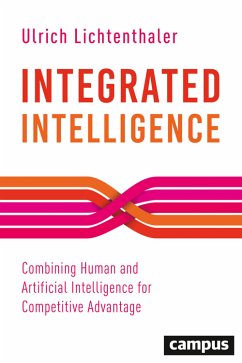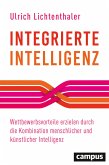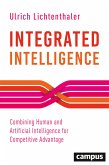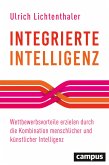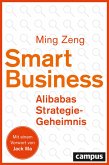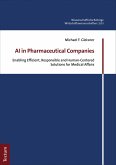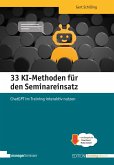Integrated Intelligence as a Competitive Advantage How can companies profit from artificial intelligence? So far, most firms use AI tools primarily for enhancing efficiency and automating jobs. However, artificial intelligence provides many more opportunities! Ulrich Lichtenthaler shows that companies can achieve an unbeatable competitive advantage by making AI a core part of their innovation strategies. The targeted integration of human and artificial intelligence, which goes beyond standardized applications, enables an enhanced form of intelligence, a super-intelligence or Intelligence x. This book will show executives, HR professionals, and consultants how to gradually develop Intelligence x in large and medium-sized organizations and how to use SMART leadership principles and the I3 - Integrated Intelligence Incubator as tools for building a unique intelligence architecture. With detailed guidelines for implementation and with many examples from the world's most innovative companies as well as from start-ups, »Integrated Intelligence« reveals how executives can achieve a sustainable competitive advantage through intelligence-based business models.
Dieser Download kann aus rechtlichen Gründen nur mit Rechnungsadresse in A, B, BG, CY, CZ, D, DK, EW, E, FIN, F, GR, HR, H, IRL, I, LT, L, LR, M, NL, PL, P, R, S, SLO, SK ausgeliefert werden.

